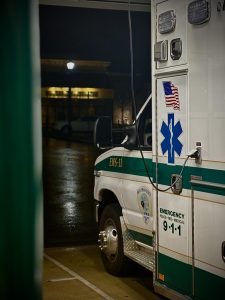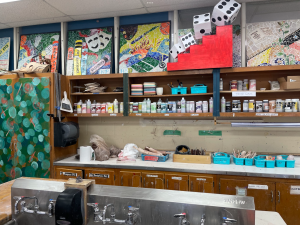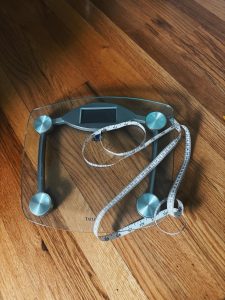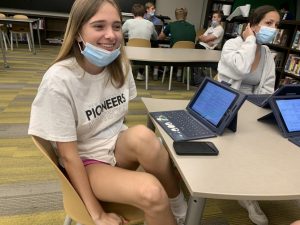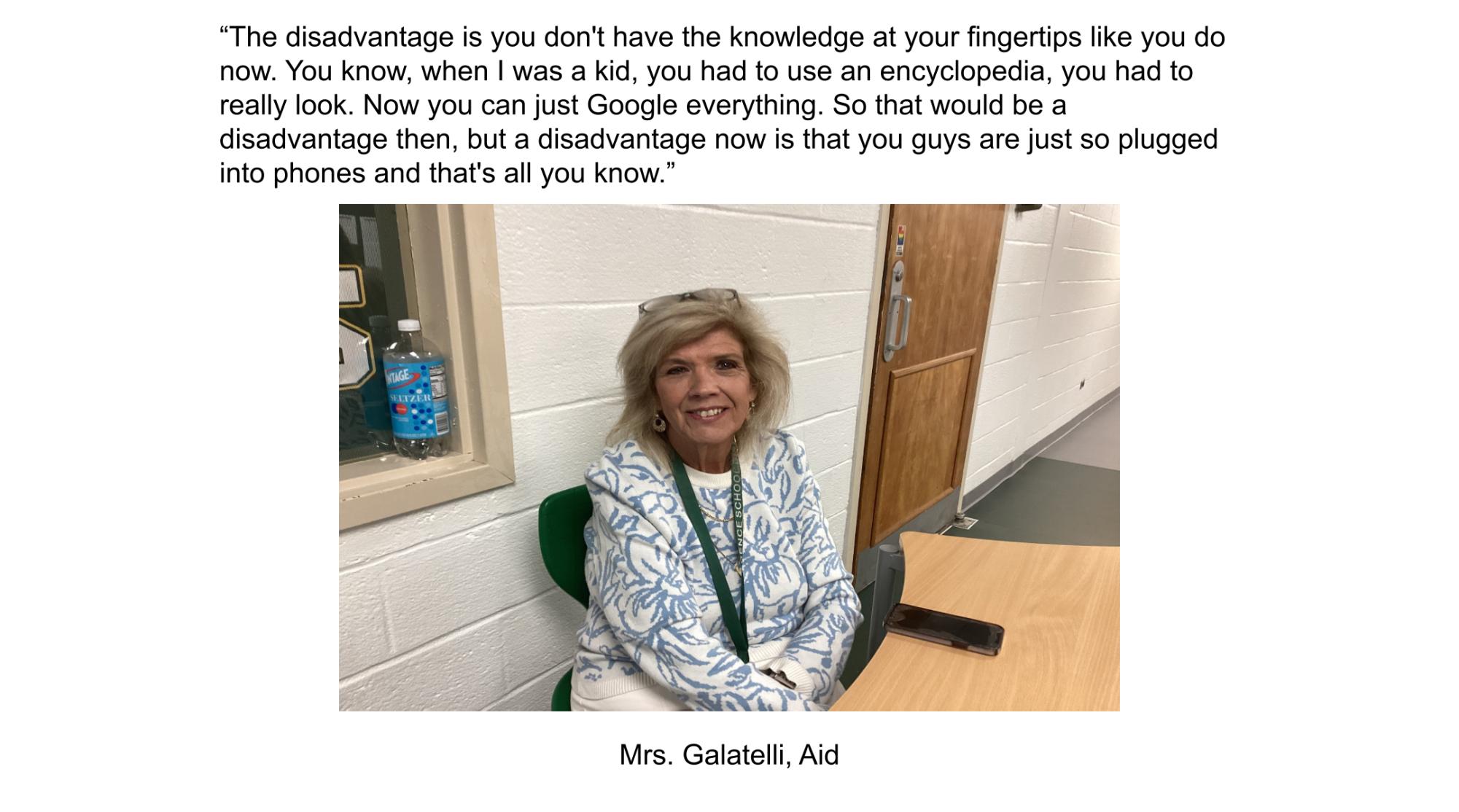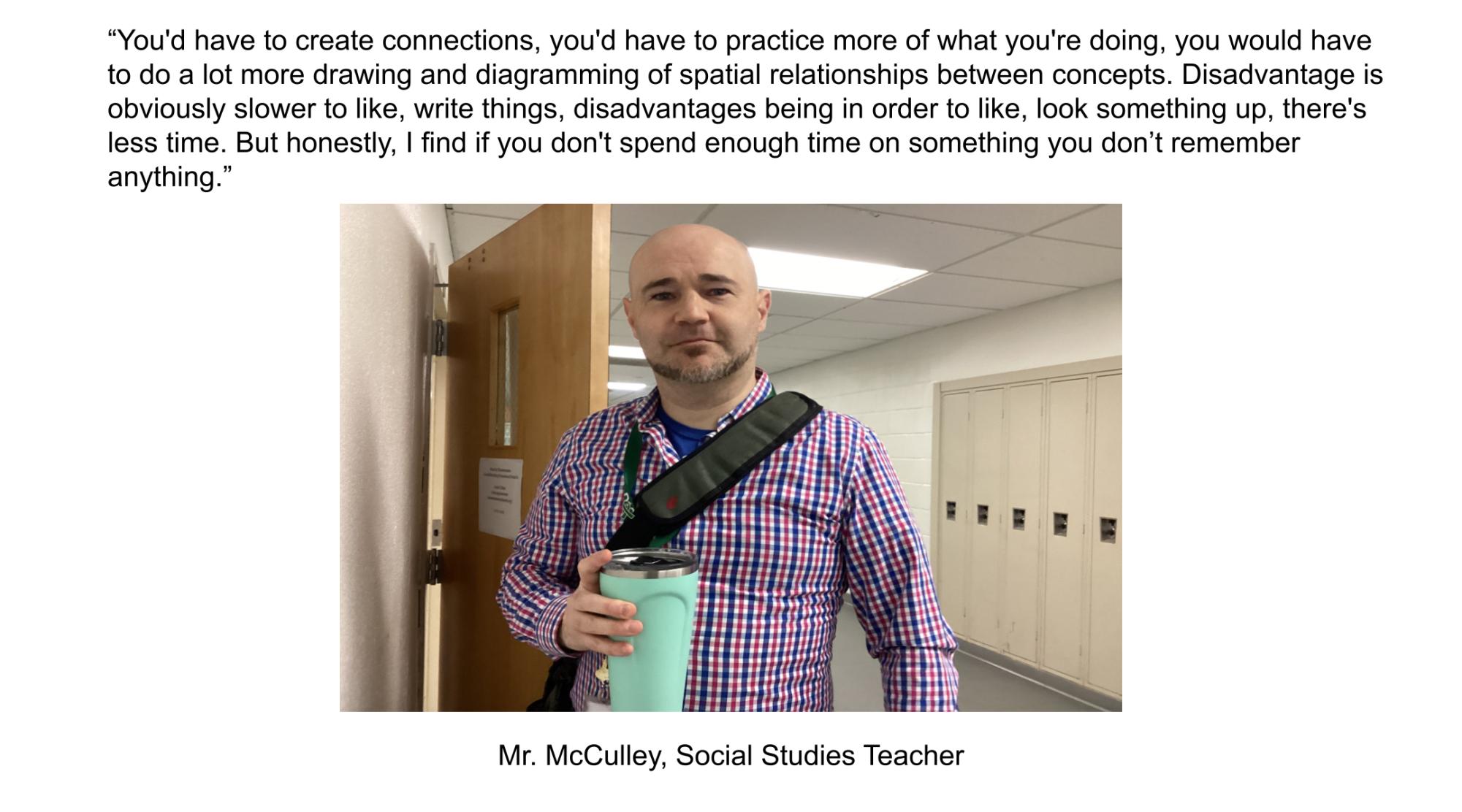Injury Report: Weighing the Pros & Cons of HS Sports
May 17, 2022
As science and medical studies continue to help doctors better understand the sports world, many parents and faculty have grown worried about high school sports. Football in particular is a sport that has reached the pinnacle of criticism, and many parents have refused to let their children play out of worries that they will get injured. Recent studies from the CDC have analyzed the extent and probability of these injuries. These studies help paint a picture of how often these injuries occur. There are roughly 30 million high school athletes per year, and an average of 2 million sustain what are considered minor injuries. As you take a deeper dive, roughly 500,000 of those injuries result in a doctor’s visit, and 30,000 children end up with hospital visits. On average there are 43 deaths per year.
New Providence has about 250 high school athletes. Taking those researched percentages, New Providence should see a yearly average of 16 minor injuries, with a 25 percent chance of a single hospitalization, and a one in a 4 million chance of a fatal situation. It’s fairly simple on face value: injuries happen, and, while not downplaying the tragedy of the occasional death, the odds are extremely good that student athletes will be fine.
Parents not letting kids play because of injury risks is understandable, but what about the other facets of life? You are statistically more likely to die in a car accident today than you are to die playing a sport. Should we start riding bikes everywhere? Oh wait, you’re statistically more likely to get in a severe bike accident today than you are playing a sport. At some point, life happens, and the benefit of sports is something that can’t be measured, so I spoke to some coaches and trainers to see those benefits.
Mr. Parlavecchio, New Providence head football coach, knows everything about the game of football. His father played college football and made his way to the NFL, Parlavecchio followed in his footsteps and played college football as well. Both coached the game after their playing careers. As for the injury concerns, he believes: “If you’re teaching the game the right way, it’s as safe as any sport.”
He’s noticed a trend among coaches around the country: “They’re really trying to eliminate the ultra physical practices, they’re doing a lot to make the game safer. Especially at the PAL (youth) level, they’re teaching tackling with keeping your head out of it. There’s definitely this push to make it safer.”
He notes the major injury concerns sometimes are blown out of proportion: “The long term head injuries that you see on television are more with the guys who have played football for 15 years in the NFL.”
Looking at his own playing career, he adds : “Playing high school football and Division III football, I don’t have any teammates I can really point to that have had long term problems. It happens, but it’s really not as common as the news would make you think”
Parlavecchio also emphasizes the mental and physical benefits he sees among his players: “I think that’s the best part of being a coach. You have these guys that come in as freshmen, and to see them spend so much time in the weight room, come together and work for a common goal, and push themselves hard, those are all things they can take with themselves after high school sports.”
He is passionate about the type of people a sport like football can mold: “It’s great to see kids learn the values of sacrifice and playing for a team. You watch guys grow and that’s why you do it. The wins and losses are what they are, but when you see a guy come in as a scrawny little freshman, and turn themselves into a strong and confident man, that’s why you do this. It’s great to see.”
Lastly, Parlavecchio also notes the paths football can create for young men: “You’ve seen football save guys’ lives. The sport offers a future to a lot of players whose academics might not open a door, but football does.”
Similarly, football has been part of Coach Barletta’s entire life. He played as a kid, played here at NPHS, went on to play collegiate football, and now coaches here at his alma mater.
He knows how rough the game can be, having sustained an injury in his first college scrimmage: he dislocated his thumb on a tackle. It was an interesting lesson in how the game actually gets safer the farther up the football ladder you go : “I was used to running to the sideline, having it popped back in and going back out. This time they popped it back in, and when I went to go back in they stopped me, saying ‘we don’t do that here.’”
He explains that “college football was a lot safer than high school football. It was a whole new world: top of the line equipment, everyone playing knows the game which is safer, but it’s also a lot faster, which you would think would result in more injuries, but people aren’t playing with hesitation which is very safe.”
Barletta says that “Montclair state did an excellent job. If a kid had a concussion he was put on concussion protocol and the coaches didn’t fight with it. It was followed to a T.”
He says that he’s yet to hear of any of his teammates suffering post-football complications.
He also noticed the growth of this insistence on safety at the HS level: “ I think New Providence does a great job when it comes to injuries and protocol, Jorden (Neilson, NPHS Athletic Trainer) does an absolutely fantastic job.”
Barletta believes this change to address injury concerns is worldwide : “it’s not football ten years ago. I would say the coaching is a lot more safe. Kids are taught from a very early age how to properly tackle. It’s a much safer game. A lot less concussions, and the new protocols are fantastic so if there is a concussion the student is going to recover and be ok.”
As for the larger benefits provided by involvement with the sport, he agreed with Parlavecchio: “football teaches you a work ethic. My work ethic came from football, waking up early, studying film, going to workout, practicing: it’s constant work ethic. I also developed great relationships with great friends who I’m going to have for a long time because of football.”
NPHS athletic trainer Jorden Neilson has seen her fair share of sports related injuries. After all, it’s her job to treat them. She says major injuries are fairly few and far between, usually consisting of: ”a few every season, bad concussions, bad fractures, bad tears.”
Elaborating on what she feels is the worst sport when it comes to injuries, she surprisingly didn’t identify football: “ I want to say it’s wrestling, because there they can actually be dropped on their heads, when in football you can train to tackle correctly.”
She admits football is troublesome, but adds another surprise candidate that provides a lot of injuries. “Soccer is a big one. There’s a lot of running around so I get a lot of the overuse injuries. You’re also heading a ball often.”
She points out: “I don’t know if football is the most injury prone, but there’s a lot of guys on the team.”
Those large rosters could be an explanation for football providing the most injuries.
When asked the age-old question, whether she would let her kids play football, Nielsen says: “People ask me that all the time. I do like what football does to raise gentlemen, so if I had a child who wanted to play football instead of soccer I would let them.”
She adds “football has the most coaches per team. Having all those good role models in your life at a young age is such a good thing for you.”

